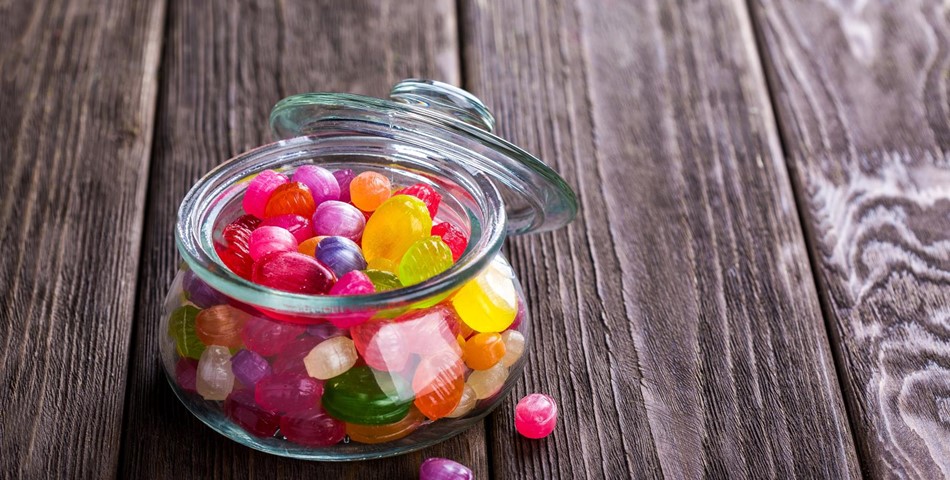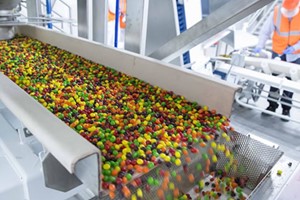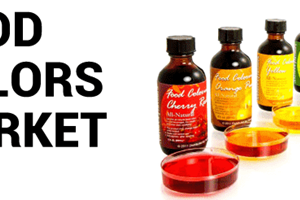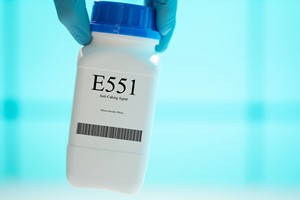Food colorants are substances, pigments or dyes that are added to foodstuffs or beverages to add color and are used domestically as well as commercially in the form of paste, gel, powders or liquids.
Food colorants market has common application segments which include foods, CSDs, non-alcoholic and alcoholic beverages. Key products in the food colorants market include synthetic colorants, natural colorants, natural identical colorants and caramel food colorants. Increasing global demand for natural food colorants is a major driver for the colorant food market.
Additionally, increasing customer preference towards colored products due to perceptions relating to colors associated with different food products will further augment food colorant market demand. Food colorants market is a subset of the food industry and hence requires stringent and expensive certification before being used in applications. Food and Drug Administration and REACH regulations in the USA and the European Union respectively have a list of approved food grade colorants which are tested and certified to meet the legal specifications.
Increasing awareness of effects and consequences of synthetic colors and shifting consumer preference towards natural ingredients to improve overall health are the factors reducing the growth of the synthetic food colorants market due to which color manufactures are seeking new ways to reformulate their products. In fact, food colorants are typical additives used for various purposes such as to enhance or add color, to make the food more appealing to eat and to restore the color lost during processing.
Food colorants market is segmented on the basis of their type which includes synthetic, natural, identical natural and caramel colorants. Synthetic food colorants are synthesized chemically which include Red 40/ Allura Red, Yellow No. 5 (Tartrazine), Yellow No. 6, Blue No. 1 or Brilliant Blue, Blue No. 2 or form of Indigo Carmine, Citrus Red No. 2, Green No. 3 or Fast Green FCF, Orange B, Red No. 3 or Erythrosine B. Colors, which are derived from vegetables, plants and spices or naturally grown sources are known as natural colors such as beetroot, carrot, turmeric, etc.


Natural food identical colors are developed to match their counterparts in nature. Carotenoids are one of the most commonly used pigments, consisting of conjugated hydrocarbons, and as such they are prone to oxidative attack and a subsequent loss of color. Caramel colorants are produced by controlled heating of carbohydrates such as sucrose, glucose, and fructose.
Food colorants market is expected to witness growth in line with increasing application demand from confectionery, bakery, dairy and ice-cream, medicines, beverages, cosmetic and toiletries, meat and savories, pharmaceuticals, and pet food. Major application segments of the food colorants market include food, CSDs and non-alcoholic beverages and alcoholic beverages. Other applications in food colorants market include medical devices, home craft projects, pharmaceuticals and cosmetics. Colors are mainly used in food products to make the food more appealing, to restore the color lost during processing and for the color intensity because it is the consumer's first observation of the product.
In CSD and non-alcoholic beverages bright, vivid and unusual colors are entering these segments for the younger generation looking for fun, excitement, and "extreme" flavor. Strong and unusual colors in alcoholic beverages are most appealing to the consumers. North American food colorants market is highly regulated in terms of product registration, health claims, and food labeling. European food colorants market is expected to be driven by increasing consumer awareness for natural products, with synthetic products increasingly coming under regulatory scrutiny.
Increasing demand for processed and ready to eat food in India, China, and the Middle-east is expected to drive food colorants market demand in Asia Pacific. Food colorants market growth is expected in some RoW countries due to increasing consumer demand and availability of synthetic colors in affordable prices. The global food colorants market is fairly concentrated with leading participants including CHR Hansen, BASF, Sensient Technologies, Danisco and DSM accounting for over 60% of the global market.














